#Maud Hunt Squire
Explore tagged Tumblr posts
Text

Ethel Mars (1876-1959) & Maud Hunt Squire (1873-1954), ''A Child's Garden of Verses'' by Robert Louis Stevenson, 1902 Source
#Ethel Mars#maud hunt squire#american artists#Robert Louis Stevenson#vintage illustration#children's books#vintage art
39 notes
·
View notes
Text


Artwork: Woman with a Monkey, 1909, which may be a self-portrait
Listen to : https://app.smartify.org/en-GB/tours/brilliant-exiles-modern-art-and-modern-women?tourLanguage=en-GB
Ethel Mars (September 19, 1876 – March 23, 1959) was an American woodblock print artist, known for her white-line woodcut prints, also known as Provincetown Prints, and a children's book illustrator. She had a lifelong relationship with fellow artist Maud Hunt Squire, with whom she lived in Paris and Provincetown, Massachusetts.
“Woman with a Monkey” was featured in the April 1909 issue of Harper’s Weekly. This painting, possibly a self-portrait of Mars, now hangs at the Springfield Art Association source

Ethel Mars (center) with her mother and aunt c.1898, Department of Image Collections, National Gallery of Art Library, Washington, DC.

Maud Hunt Squire and Ethel Mars (right), Springfield, Illinois, c.1898, Department of Image Collections, National Gallery of Art Library, Washington, DC.

Maud Hunt Squire (January 30, 1873 – October 25, 1954) was an American painter and printmaker. She had a lifelong relationship with artist Ethel Mars, with whom she traveled and lived in the United States and France. Via W

Ethel Mars, Provincetown, c.1918, Department of Image Collections, National Gallery of Art Library, Washington, DC.
#Ethel Mars#painter#american#american in Paris#art by women#art#palianshow#women's art#art herstory#Maud Hunt Squire#lesbian#queer
5 notes
·
View notes
Text

Baiting-Up, 1921 Maud Hunt Squire
Source
2 notes
·
View notes
Text

Cover illustration by Maud Hunt Squire
#maud hunt squire#m. h. squire#mh squire#m.h. squire#m h squire#herschel williams#fairy tales from folk lore#fairy tales#illustration#illustrations#cover art#book#books#book cover#book covers#moffat yard and company#1900s#fountain#combing hair
1 note
·
View note
Text




Early-twentieth century Paris was a hub of lesbian activity
#lesbian#lesbian couple#Ethel Mars and Maud Hunt Squire#Early-twentieth century in Paris#lesbian life
0 notes
Text

Maud Hunt Squire- "The Mysterious Prince, a Scandinavian tale" aka w:East of the Sun and West of the Moon Caption: "Then he hastened away".
28 notes
·
View notes
Text









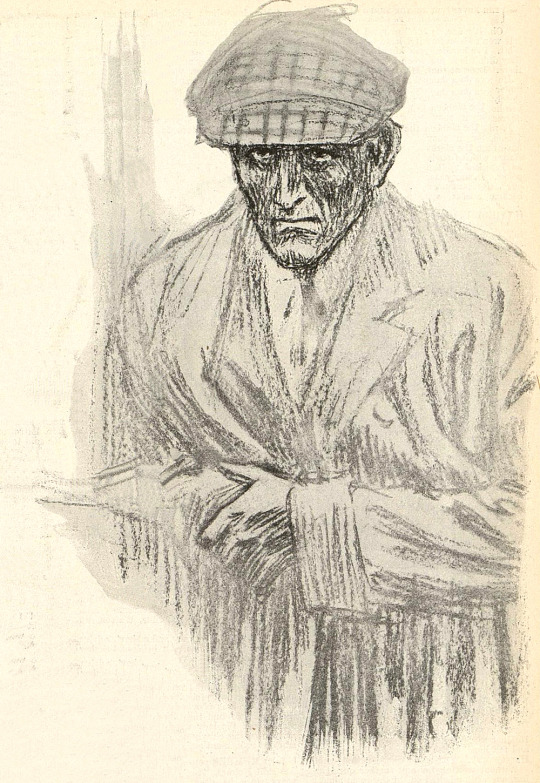


Vote for your favourite, the top 9 will proceed in the bracket. Since theyre all different shapes and sizes, make sure to click into the full views!
Paget Eliminations
Other Artist Eliminations
Full captions and details for each illustration below the cut:
"Two men came down the garden path." W.H. Hyde, Reigate Squires (Harper’s Weekly) Characters: Cunningham Sr, Alec Cunningham
"Colonel Moran sprang forward with a snarl of rage." FD Steele, Empty House (Collier’s) Characters: Police, Sebastian Moran, Holmes
"He picked up his hunting-crop and struck Napoleon." FD Steele, Six Napoleons (Collier’s) Characters: Holmes
"The queer thing in the kitchen." FD Steele, Wisteria Lodge (Collier’s) Characters: PC Walters, Sgt Baynes, Holmes, Watson
"We ascended the stairs and viewed the body." Gilbert Holiday, Devil's Foot (The Strand) Characters: Holmes, Watson, Brenda Tregennis
"You'll only get yourself hurt," said the inspector. "Stand still, will you?" Walter Paget, Dying Detective (The Strand) Characters: Holmes,Watson, Culverton Smith, Lestrade
"Give it up, Jack! For my sake - for God's sake, give it up!" Frank Wiles, Valley of Fear (The Strand) Characters: Douglas/McMurdo, Ettie Shafter
"The wife was found in the grounds, late at night, with a revolver bullet through her brain." Alfred Gilbert, Thor Bridge (The Strand) Characters: Maria Gibson
"The woman turned her flushed and handsome face towards me." HK Elcock, Sussex Vampire (The Strand) Characters: Dolores, Robert and Mrs Ferguson
"The Adventure of the Three Gables" FD Steele, Three Gables (Liberty) Characters: Holmes
"I turned over the paper. This never came by post, where did you get it?" HK Elcock, Lion's Mane (The Strand) Characters: Maud Bellamy, Holmes, Ian Murdoch
"Holmes had lit his lantern." Frank Wiles, Shoscombe Old Place (The Strand) Characters: Watson, Holmes, John Mason
#acd holmes#sherlock holmes#tumblr bracket#sherlock holmes illustrations#elim poll#oa elim#polls full bracket
12 notes
·
View notes
Text
Archives of breakthrough star Waters now in Austin

The archives of pioneering American Black singer Ethel Waters, a stage, movie and TV star, have been acquired by the Ransom Center at the University of Texas.

Ethel Waters (Oct. 31, 1896-Sept. 1, 1977) profoundly influenced American entertainment.
Her career began in Harlem nightclubs before she toured with national and international vaudeville and cabaret acts.
A savvy businesswoman, she parlayed her early successes into stardom in commercial theater, radio, film and television.
Best remembered by later generations for her roles in the movies “Stormy Weather” (1933), “Cabin in the Sky” (1943) and “The Member of the Wedding” (1952), Waters was the first African American to star in their own TV show – “The Ethel Waters Show” (1939) — and the second Black actor to be nominated for an Academy Award.
That Best Supporting Actress nomination came for her performance in “Pinky” (1949).
youtube
Why Austin?
Just where have Waters’ papers, recordings, photographs and artwork been hiding since her death in 1977?
And how did the UT humanities research center win them?
“Ethel Waters lived the last several years of her life in the Los Angeles home of Joan Croomes, a close friend who had known Waters since their early days performing together in the 1943 film version of ‘Cabin in the Sky,’” said Eric Colleary, curator of theater and performing arts at the center.
“Croomes also functioned as Waters’ standin on several film and TV projects. When Waters’ health eventually declined and she needed to move to a nursing home, she left her papers to Croomes who cared for them through her life before passing them to her nephew, Wren T. Brown.”
Brown, a noted actor and director, became familiar with the Ransom Center while researching his grandfather, the actor and comedian, Troy Brown Sr.

“When it came time to find a permanent home for the Ethel Waters material, he remembered the qualitative experience he had with the Ransom Center years earlier and reached out to us,” Colleary said.
“The Ransom Center will now be able to make the collection available to researchers for the first time.”
Wren Brown, an actor, film producer and theater director, has a book forthcoming on his family’s storied history in entertainment coming out this January called “The Family Business: Four Generations of One Black Family’s Artistic Odyssey.”
What’s in the Ethel Waters archives?
The treasure trove about this early star includes material of particular interest to researchers into LGBTQ+ culture and history.
● The collection consists of roughly 31 boxes of papers, recordings, photographs and artwork.
● Of special note for music historians, it contains more than 180 LP records, the majority of which are unreleased, noncommercial recordings of Waters singing in studio, live in concert and on the radio.
● In the collection are the corrected drafts of her memoir, “His Eye is on the Sparrow.”

She published two popular memoirs – “His Eye is on the Sparrow” (1951) and “To Me It’s Wonderful” (1972).
youtube
● Three boxes of business records including contracts, box office receipts and letters exchanged with her agents. Unusual for her time, Waters successfully negotiated percentages of box office receipts in addition to her base salary for productions.
● Seven boxes of personal and professional correspondence including revealing letters with family members, ex-husbands, lovers, producers, agents, notable artistic and literary figures. She was married and divorced three times, and for many years during the 1920s was in a romantic relationship with dancer and actor Ethel Williams, known to her friends as “the other Ethel.”

● An original typescript for “In Dahomey” (1903), recognized today as the first major commercial, full-length musical to be written and performed by African American artists. Only two surviving scripts were known – one filed for copyright at the Library of Congress and another copy filed for censor review at the British Library. This script is substantively different from those two versions
youtube
0 notes
Photo
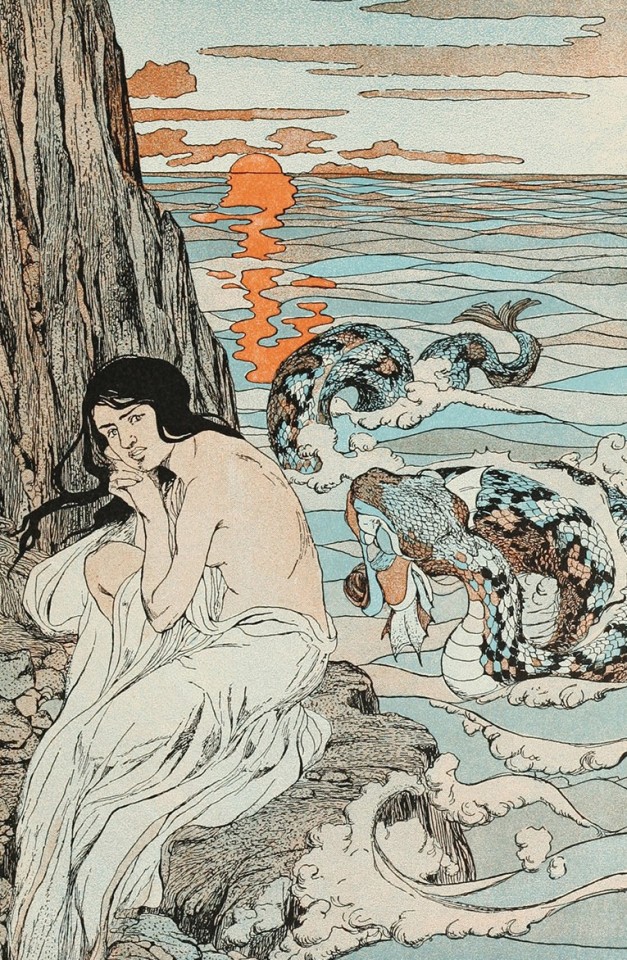
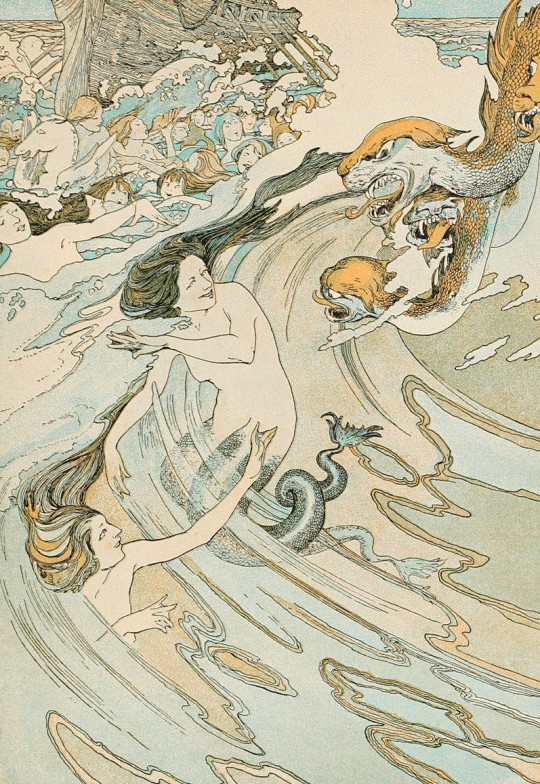
Illustrations from The Heroes: or, Greek Fairy Tales for my Children by Maud Hunt Squire & Ethel Mars (1901)
#maud hunt squire#ethel mars#art#illustration#golden age of illustration#1900s#1900s art#vintage art#vintage illustration#vintage#american art#american artist#american illustrators#mythology#greek mythology#andromeda#sea nymph#classic art
2K notes
·
View notes
Photo

Maud Hunt Squire - Andromeda crouched trembling on the rock waiting for what might befall, 1901.
1 note
·
View note
Photo

Untitled (1929). Maud Hunt Squire (American, 1873-1954). Watercolor and graphite on paper.
Squire met Ethel Mars, with whom she would remain for the rest of her life, at the Art Academy of Cincinnati. Squire and Mars were great friends of Gertrude Stein and Alice B. Toklas while living in France, and the writer's poem "Miss Furr and Miss Skeene", believed to be the first such work to use the word "gay" to describe homosexuality, is meant to describe the couple.
49 notes
·
View notes
Photo








Maud Hunt Squire (1873-1954) & Ethel Mars (1876-1959), ''The Heroes; or, Greek Fairy Tales For My Children '' by Charles Kingsley, 1901 Source
#maud hunt squire#ethel mars#american artists#illustrators#illustrations#the heroes#charles kingsley#greek myth#greek mythology#fairy tales#vintage art#vintage illustration#vintage illustrations
953 notes
·
View notes
Photo

Maud Hunt Squire, The he hastened away, illustration for The Mysterious Prince
1908
From: Fairy Tales from Folk Lore
#maud hunt squire#the mysterious prince#illustration#east of the sun and west of the moon#golden age of illustration#fairy tale
176 notes
·
View notes
Photo
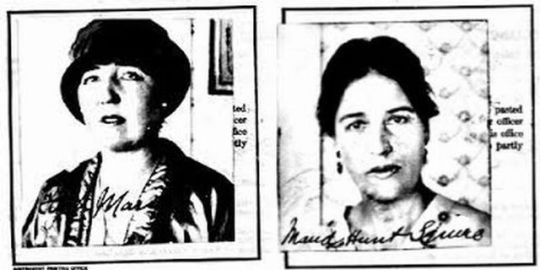
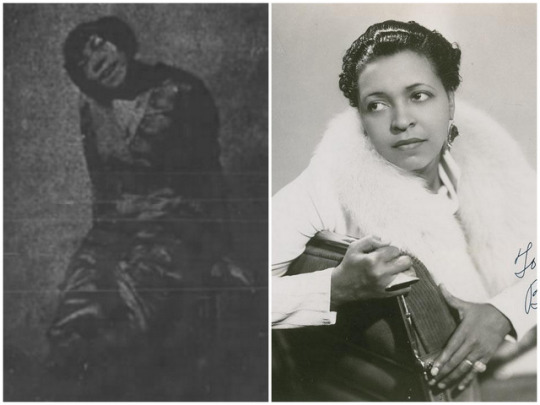
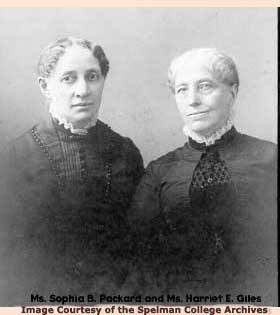
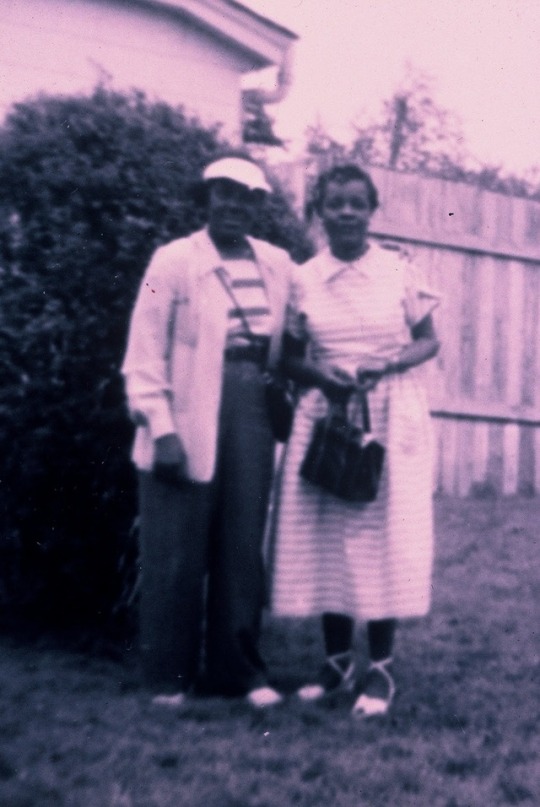
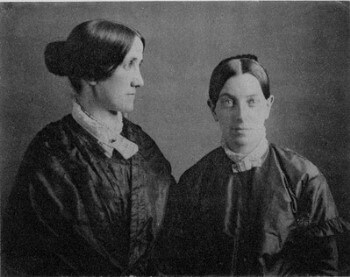
Lesbian Power Couples From History Who Got Shit Done
Autostraddle writes:
Ethel Mars & Maud Hunt Squire (1894-1954)
These two American artists (top photo) met at the Cincinnati Art Academy in the 1890s and stayed together for 60 years, living for patches in France and in Provincetown, Massachusetts. Maud was known for her book illustrations and color etchings, Ethel for her painting, color woodblock prints and drawings. They collaborated on projects like illustrating the legendary Child’s Garden of Verses. The couple were regulars at Gertrude Stein’s salon in France (and the subject of her word portrait Miss Furr and Miss Skeene). Also, The New York Times says they “loved to behave outrageously.”
Ethel Williams & Ethel Waters (1910s-1920s)
“The Two Ethels” (second photo from top) met at the Alhambra Theater in Harlem — Ethel Waters was a popular blues singer and Ethel Williams was a dancer. They fell in love and summarily merged: Waters got Williams a job working at the cabaret where she worked, they lived together in Harlem and Waters took Williams with her on her first nationwide tour, where Williams would dance to warm up the crowd before Waters’ performances. In the touring revue Oh! Joy! they even did a little bit about being “partners” that winked at queer audience members while refusing mainstream identification. Waters’ managers at Black Swan Records manufactured gossip about Waters, once pushing a piece about how her recording contract stipulated that she couldn’t get married to explain her not having a male partner. Eventually, Ethel Williams left Waters and her job to marry a dancer named Clarence Dotson.
Harriet E. Giles and Sophia B. Packard (1855-1891)
Giles met Packard in in the mid-1850s when Giles was a student at the New Salem Academy in New Salem, Massachusetts, and Packard was the preceptor. They hit it off right away, and shortly thereafter shuttled off to Atlanta to start a school for Black women who had been newly released from slavery. Packard was the first president of the school, then known as the Atlanta Baptist Female Seminary and now known as Spelman College, when it opened its doors in 1888. Giles took over after Packard’s death in 1891. The two women (third photo from top) are now buried next to each other in Silver Lake Cemetery.
Mabel Hampton and Lilian Foster, 1932-1978
Mabel Hampton, born in 1902, had a tumultuous childhood that took her from North Carolina to New York City to New Jersey and eventually to a job dancing in Coney Island just as the Harlem Renaissance was in full swing. She performed with stars like Moms Mabley and Gladys Bently and lived openly as a lesbian, eventually giving up dancing and becoming a domestic worker — for the family of the now-famous Joan Nestle. She met Lillian Foster in 1932, and they were inseparable until Lilian’s death, living together on 169th street in the Bronx and calling each other husband and wife. They were active in the Gay Rights movement, ran their own laundering business, and worked together to collect and organize a wealth of documents, newspaper clippings, photographs and books, including programs from the opera performances she and Foster loved attending, that would help form the Lesbian Herstory Archives, of which Joan Nestle named Mabel a founding member. Mabel’s oral history was preserved by Joan in the archives. (Fourth photo from top)
Sallie Holley and Caroline Putnam (1848 – 1893)
Sallie and Caroline (bottom photo) met at good ol’ Oberlin College, and the noted “anti-slavery team” became agents of the American Anti-Slavery Society immediately after graduation. They traveled on the abolitionist lecture circuit, often along with the legendary Sojourner Truth. After the Civil War, Sallie stayed up North giving talks, raising money to educate freed slaves in the South, and Putnam went to Virginia to teach freed slaves, eventually starting The Holley School, which became America’s first settlement house. Sallie then joined Caroline in Lottsburg, where they integrated themselves with the community, operated their school year-round and unlike some future suffragettes, were dedicated to enabling, preserving and protecting the right of Black men to vote even when white women could not yet do so. Sallie died in 1893 and Caroline in 1917, at which point the school was deeded to an all-Black board of trustees and continued operating for decades.
11 more lesbian power couples here!
#lesbian history#lgbt history#lesbian#lgbt#lgbtqa#Sallie Hilley#Caroline Putnam#mabel hampton#Lilian Foster#Harriet giles#Sophia Packard#Ethel Williams#Ethel Waters#Maud Hunt Squire#Ethel Mars
43 notes
·
View notes
Text
JANUARY 30: Maud Hunt Squire (1873-1954/5)
Hailing from Cincinnatti, Maud Hunt Squire was an American artist famous for her color woodcuts, the technique of which she developed under the guidance of Edna Boies Hopkins.
Maud’s parents died early in her life, but she didn’t forget their encouragements regarding her artistic career. At 21, she enrolled in the Cincinnati Art Academy; she notably studied under Lewis Henry Meakin and Frank Duveneck. She also met at that time fellow student Ethel Mars, with whom she became partners in art, travel, and life (of course Ethel is most often referred to as her ‘friend’ in many of the artist bios I’ve read of them, but we all know what that means). Both quickly launched their careers; in 1900 they were living in NYC, and in 1906, they’d settled in Paris.

Maud & Ethel’s passport photos, source
Once in Paris, they certainly enjoyed the freedom the capital afforded them at the beginning of the century. Within a few months of arriving in the city, Ethel apparently dyed her hair orange, and they’d wear “outrageous” makeup. But it was their talent as artists, even more than their ways of dressing and behaving, that garnered attention. So much so that they were repeatedly invited to Gertrude stein’s very own salon, at 27 rue de Fleurus, where Maud & Ethel met many other prominent artists of their time, like Picasso and Matisse.
There, they notably applied the bold use of color of the Fauvists to their own work (especially Mars’s), and extended their artistic repertoire to printmaking, which had become a popular medium for young artists, especially women, because it was less dangerous than etching and more suited to studio work compared to lithography.

Tea: Ethal Mars & Maud Squire, by Maud Hunt Squire
As WW1 approached, Maud & Ethel headed back to the US and settled in Provincetown, Massachusetts, which had become an artists' colony. There they continued developing printmaking techniques with other famous artists, notably innovating the “Provincetown Print” (a technique which consisted in using a single block for several impressions, separating the color fields by grooves that became white outlines in the finished image). In the 1920s they headed back to Europe, eventually settling in Vence on the French Riviera. There they remained active in the local artists' community, painting, drawing, and collaborating on children's book illustration and each again took up painting and drawing. With the onset of WWII, they had to go into hiding near Grenoble, but returned to their home, La Farigoule, in Vence once the war was over. They died within a few years of each other in the late 50s, and are buried together in Vence.
Fun fact: Gertrude Stein’s “Miss Furr & Miss Skeene” is actually a literary portrait of Maud & Ethel. The text hinges on the insistent repetition of the word ‘gay’ - this is widely believed by linguists to be one of the very first occurrences of the word in its contemporary meaning. (Which indicates two things: lesbians can totally say they’re gay, and saying that Maud & Ethel were gal pals is an understatement.)
Find more of Maud’s art here and here.
- AK
#365daysoflesbians#maud hunt squire#ethel mars#usa#19th century#20th century#art#artist#woodblock#providence print#printmaking#wlw#lgbt#lgbt history#queer#queer history#lesbian#paris#france#people
51 notes
·
View notes
Text







Ethel Mars was an American woodblock print artist, known for her white-line woodcut prints, also known as Provincetown Prints, and a children's book illustrator. She had a lifelong relationship with fellow artist Maud Hunt Squire, with whom she lived in Paris and Provincetown, Massachusetts.
20 notes
·
View notes